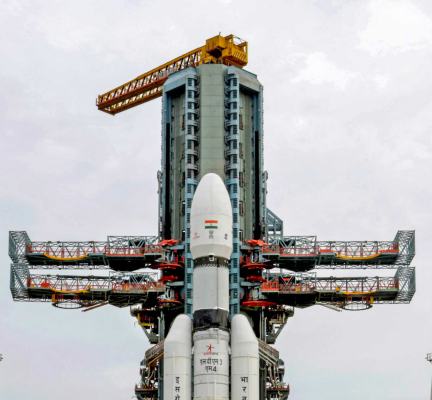
The Launch Vehicle Mark-III (LVM3) M4 vehicle with Chandrayaan-3 at the launch pad at Satish Dhawan Space Centre after the conclusion of a simulation of the entire launch preparation and process, in Sriharikota. Photo: PTI/twitter
SRIHARIKOTA, AP (PTI): As the scientific community is waiting with bated breath aiming for the successful third edition of India's moon mission, Chandrayaan-3 on Friday, here is a quick look at how the country's lunar expedition evolved over the years.
The Chandrayaan programme was conceived by the Government of India and formally announced by former Prime Minister, the late Atal Bihari Vajpayee on August 15, 2003.
Subsequently, the hardwork of the scientists paid off when the maiden mission onboard ISRO's trusted PSLV-C 11 rocket lifted off on October 22, 2008.
According to the Indian Space Research Organisation, PSLV-C11 was an updated version of the standard configuration of a PSLV. Weighing 320 tonnes at lift-off, the vehicle used larger strap-on motors to achieve higher payload capability.
It carried 11 scientific instruments built in India, the United States of America, the United Kingdom, Germany, Sweden, and Bulgaria.
Noted scientist Mayilsami Annadurai from Tamil Nadu led the project as the Mission Director of the Chandrayaan-1 mission.
The spacecraft was orbiting around the moon at a height of 100 km from the lunar surface for chemical, mineralogical and photo-geologic mapping of the moon.
While the mission achieved all the desired objectives, the orbit of the spacecraft was further raised to 200 km in May 2009, months after the launch.
The satellite made over 3,400 orbits around the moon, more than what was expected by the ISRO team, and the mission finally concluded as the space agency's scientists declared communication was lost from the spacecraft on August 29, 2009.
The Vikram Sarabhai Space Centre, Thiruvananthapuram designed and developed the PSLV-C11.
Buoyed by the success, Chandrayaan-2 was conceived as a more complex mission by ISRO as it carried an orbiter, lander (Vikram) and rover (Pragyan) to explore the unexplored South Pole of the moon.
After the lift-off on July 22, 2019, Chandrayaan 2 was successfully inserted into a lunar orbit on August 20 the same year.
Every move of the spacecraft was precise as the Lander 'Vikram' successfully got separated from the Orbiter in preparation for the landing on the lunar surface.
After circling the moon at an altitude of 100 km, the descent of the lander was as planned and it was normal up to an altitude of 2.1 km. However, the mission met with an abrupt end as scientists lost communication with Vikram, named after the father of India's space programme, the late Vikram Sarabhai.
The Chandrayaan-2 mission failed to achieve the desired soft landing on the moon's surface, leaving the ISRO team dejected.
Images of an emotional then ISRO Chief K Sivan being consoled by Prime Minister Narendra Modi who was at the ISRO headquarters to witness the rare feat, still remain vivid in the memory of many.
Chandrayaan 2 mission was aimed at expanding the lunar scientific knowledge through a detailed study of topography, seismography, mineral identification and distribution, surface chemical composition, and thermo-physical characteristics of topsoil, leading to a new understanding of the origin and evolution of the moon.
Friday's Chandrayaan-3 mission follows the Chandrayaan-2 which is aimed at mastering the soft landing on the surface of the moon. A successful landing on the lunar surface would make India only the fourth country to achieve the feat after the United States, China, and the former Soviet Union.
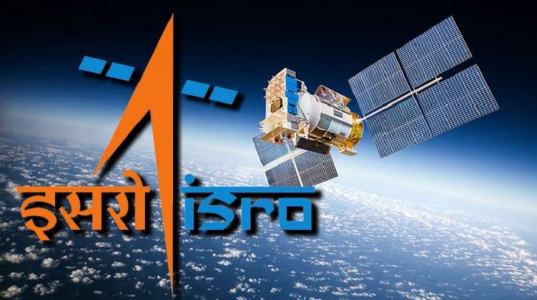 Previous Article
Previous Article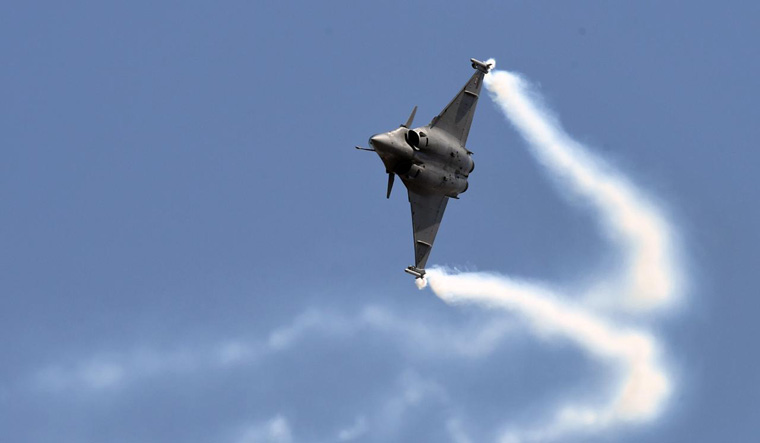 Next Article
Next Article
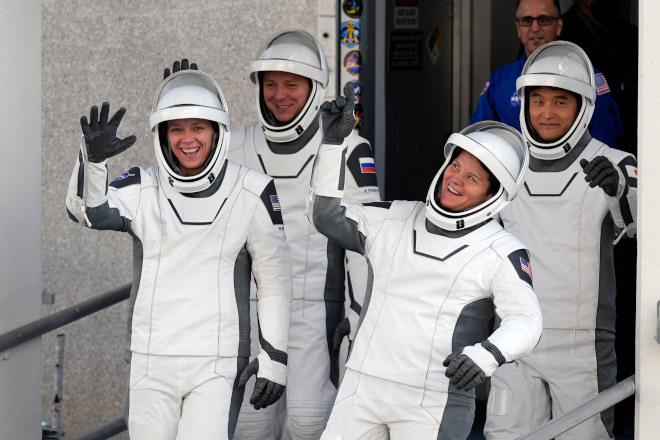
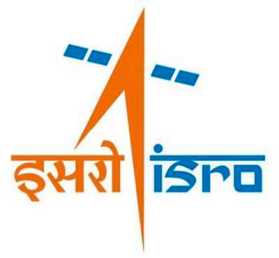


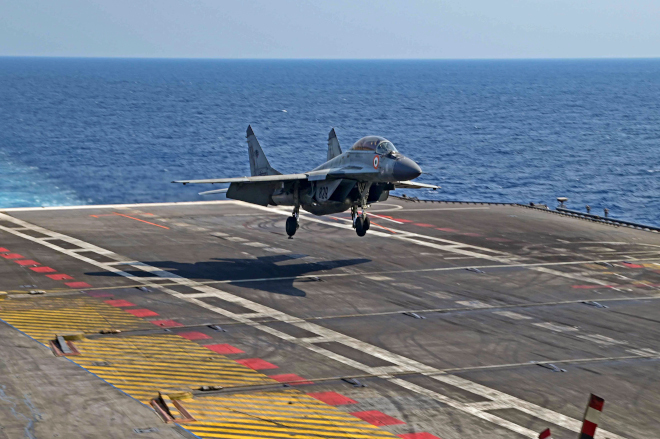
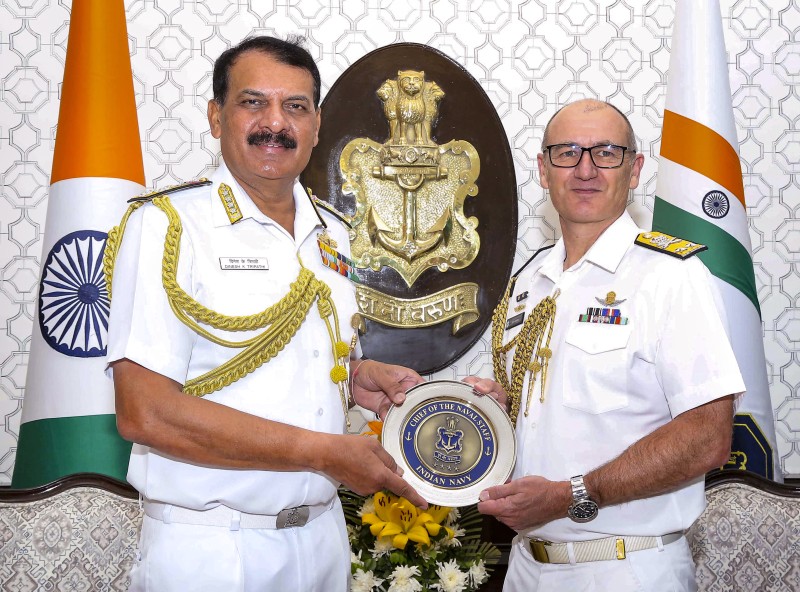

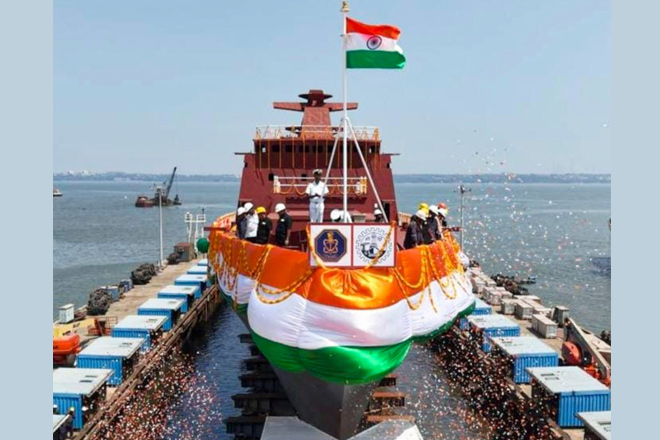





The Indian Air Force, in its flight trials evaluation report submitted before the Defence Ministry l..
view articleAn insight into the Medium Multi-Role Combat Aircraft competition...
view articleSky enthusiasts can now spot the International Space Station (ISS) commanded by Indian-American astr..
view article